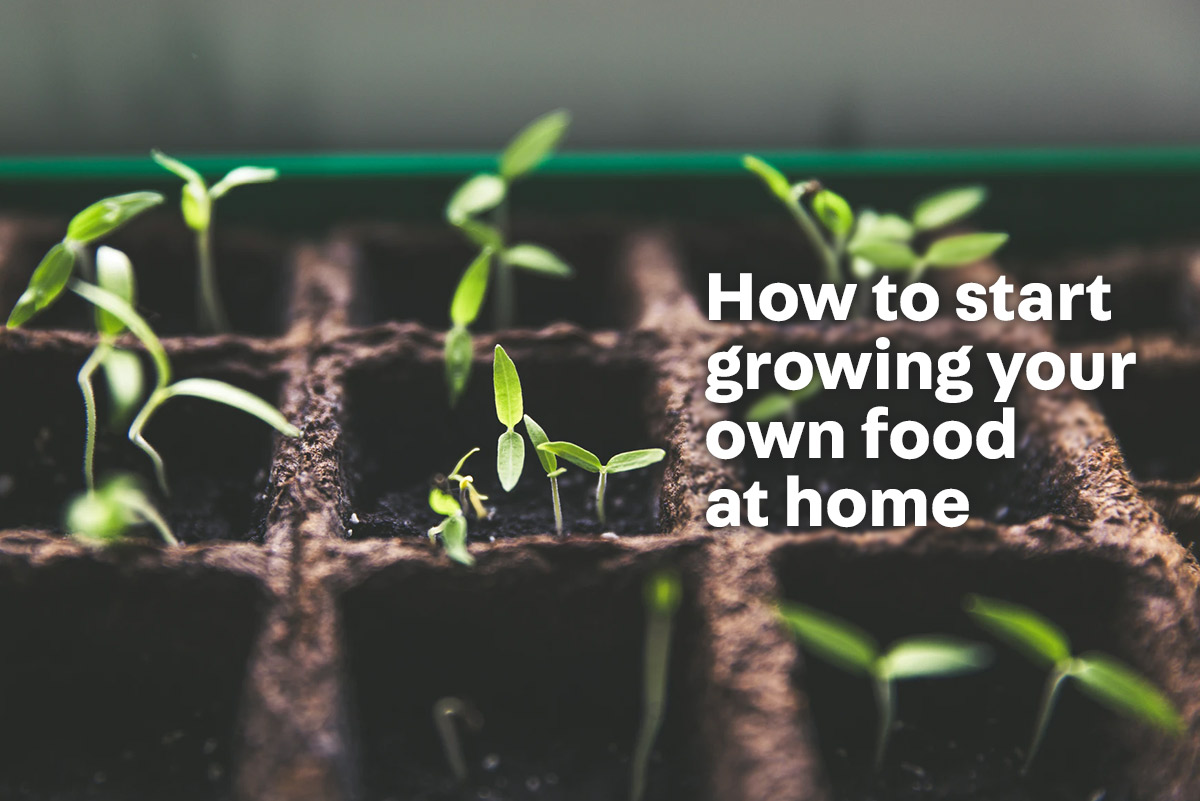
When many Filipinos couldn’t buy fresh produce due to travel restrictions amid the COVID-19 lockdown, some depended on their two hands and green thumbs to grow vegetables, herbs, and fruits in the comfort of their homes. Although the lockdown created a demand for gardening tools and know-how, this trend isn’t exactly borne out of the pandemic. In fact, it was well on its way to popularity, all thanks to passionate plant owners who shared their love for gardening and gave birth to the newfound community of plantitos and plantitas.
There’s no other way around it, but gardening is officially cool again. If you’ve been thinking about becoming a plantito or plantita yourself—or even a “plantpreneur” by earning extra income from your homegrown organics via online selling platforms like Carousell—here are a few things to help you on your way.
GARDENING ESSENTIALS
Soil
In order for anything to grow in the ground, it depends on one thing: fertile soil. One of the things we were taught in grade school was that loam soil, which is better known as garden soil, was the most ideal gardening soil to grow plants, and it still holds true. It holds water for longer periods, and since it’s fortified with compost and other organic material, the more fertile the soil, the better quality for your harvest. This is the preferred type of soil for plants that have sprouted and are already growing.
Potting soil or potting mix, on the other hand, is a loose and sterile plant bed which should only be used if you’re growing plants in a container or if you’re jump starting seeds in a seedling tray, which you’ll later transplant to a bigger space with garden soil.
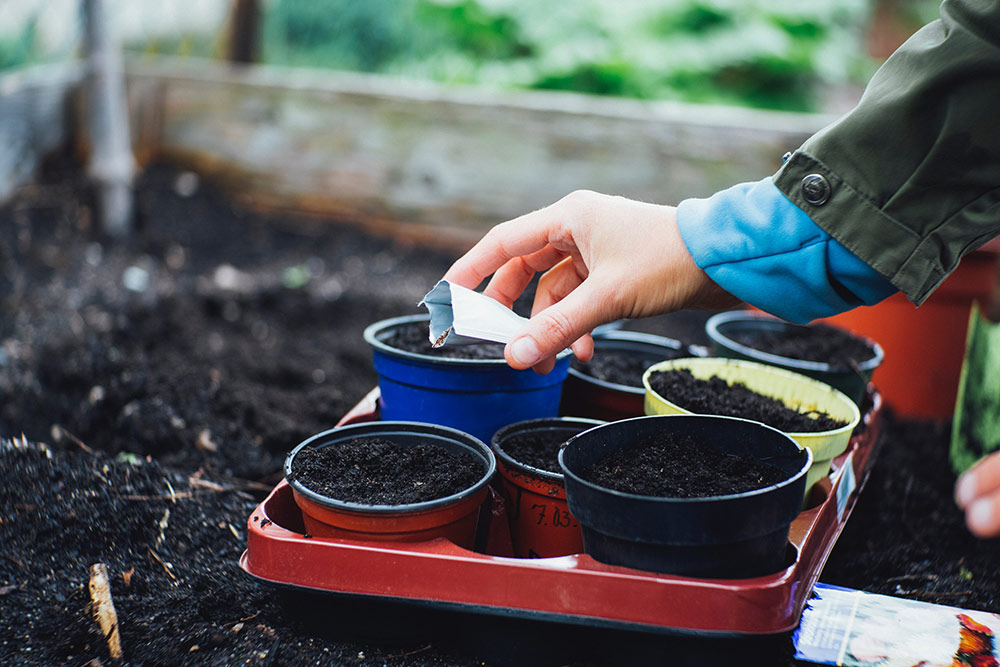
Compost
The easy solution to ensuring a nutrient-rich soil is by introducing organic material into it, like compost. Pile a two- to three-inch layer of food scraps, dried leaves, egg shells, and why not, old manure onto the soil and wait for these to decay and turn into humus (not to be confused with hummus), which earthworms will happily mix into the soil.
Mulch
To combat pesky weed growth, mulch is used to hinder weeds from showing up, while also improving soil moisture and fertility. Organic kinds of mulch include chopped leaves, egg shells, wood chips, sawdust, and pebbles. Just use heavier mulch sparingly around your growing fruits and vegetables so it won’t inhibit any fresh sprouts from popping up.
Plant Containers
If you don’t have a backyard or a front yard, container gardening is your best bet to start your urban farm/garden. You can use reusable plastic containers you have lying around the house as a workaround, but if you want to add aesthetic to your growing produce, you could invest in decorative plant pots or plant boxes you can display inside your home.
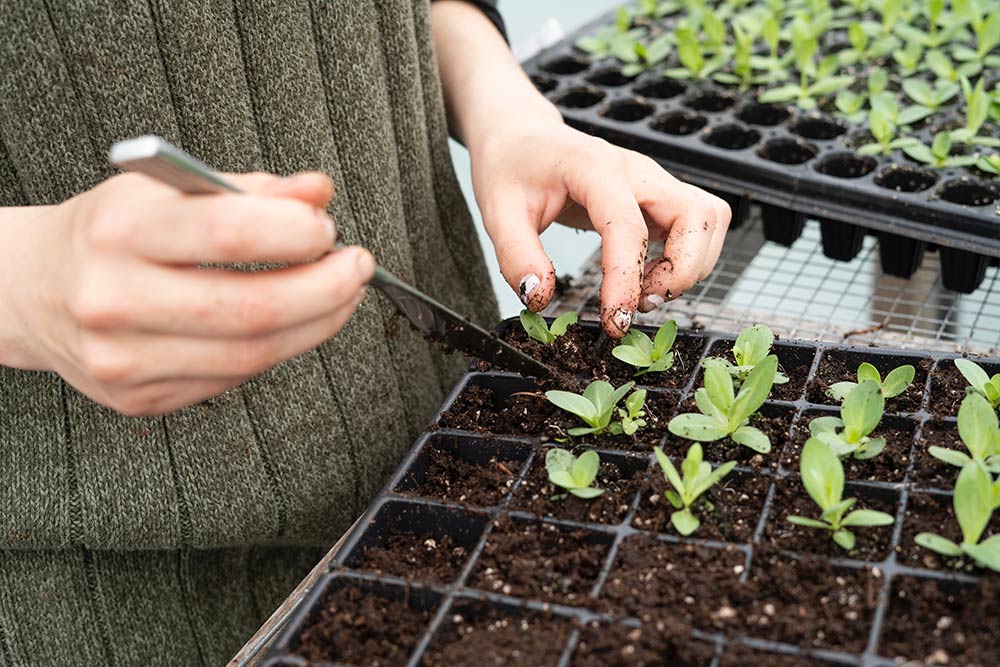
Watering Tool
Budding plants need constant irrigation to promote growth, while bigger, more developed plants need to be watered less frequently. A garden hose with a sprinkler nozzle or a pressure sprayer are efficient tools to water your plants (especially if you have a large garden space), or you can opt for a traditional watering can for an idyllic imagery of spending your leisurely time taking delicate care of your garden.
Spade and Fork
The spade is like the mini version of a full-sized shovel used to dig up or into the soil, while the fork helps in loosening tough ground and gently uprooting plants to be relocated or transplanted. Consider these as the spoon and fork in gardening that’ll help you get by when you start out.
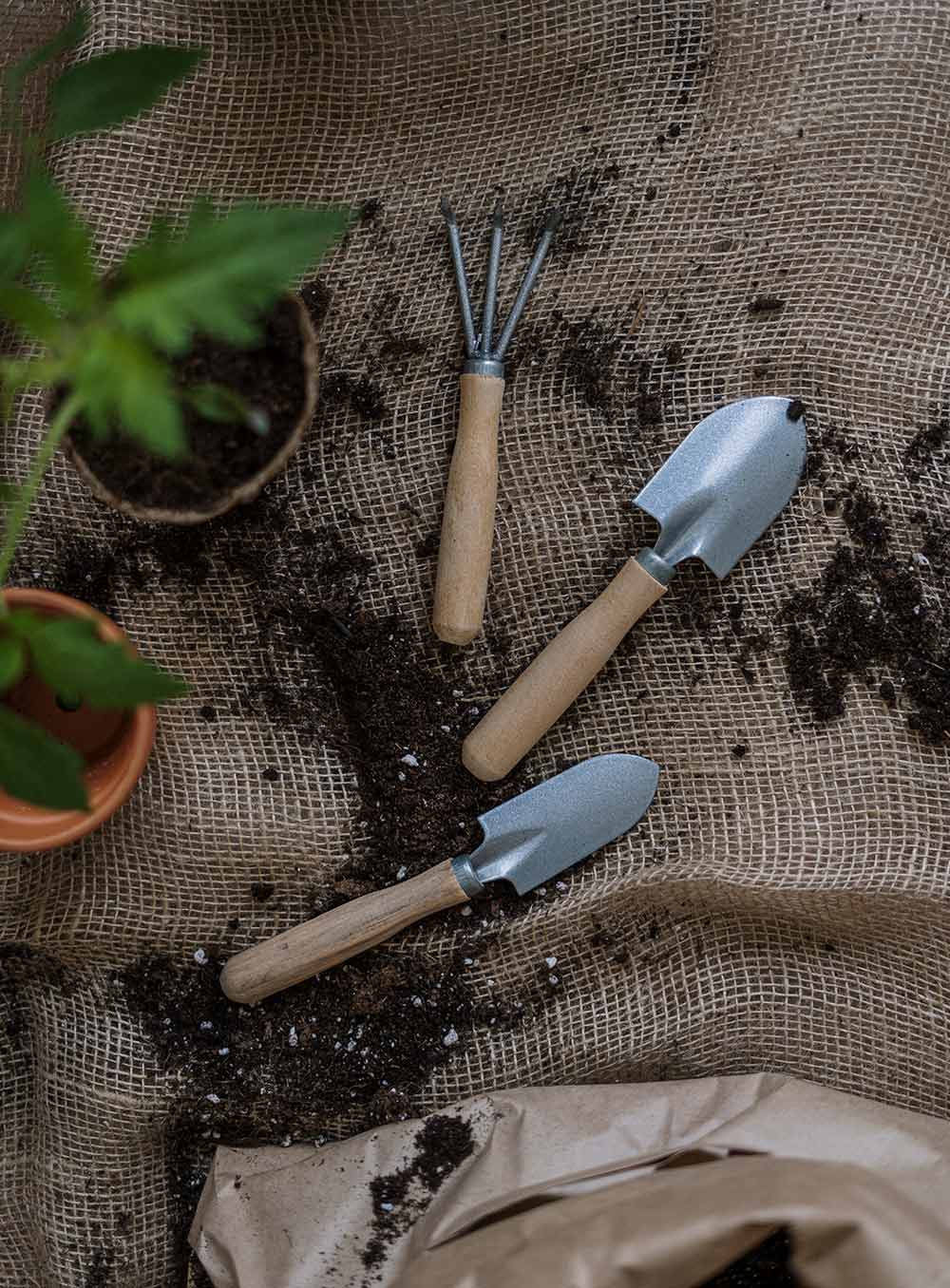
WHAT TO GROW
There are countless fruits, herbs, and vegetables to choose from, but pick the ones you actually eat so they won’t go to waste. Be sure to look up on how to grow these more efficiently so you can ensure a successful harvest.
Here’s a video to help you get started in growing vegetables in containers, but read on for the list of produce you can grow at home:
Tomatoes
One of the most commonly used fruits in the kitchen also turns out to be one of the easiest things to grow. Tomatoes need plenty of sun and water, but don’t forget to stab a stake near where it’s sprouting to help it grow into a tall vine.
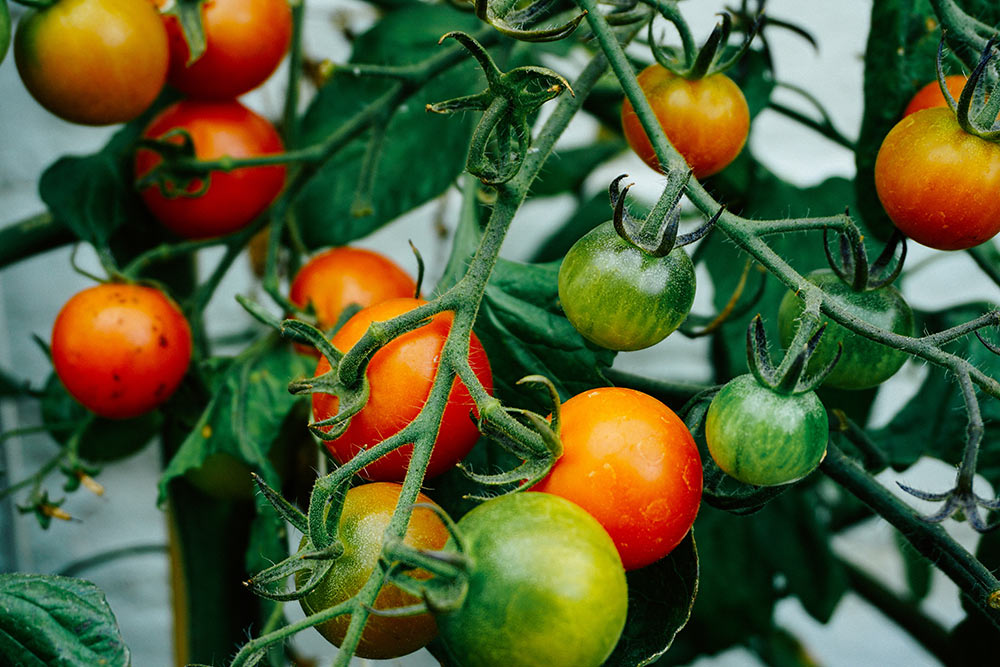
Eggplants
If you love tortang talong, you must have eggplants in your garden. Perfectly grown in our climate, eggplants are surprisingly easy to grow. Use a seed tray or small cups to sprout the seeds, then transfer these to pots after two leaves have grown.
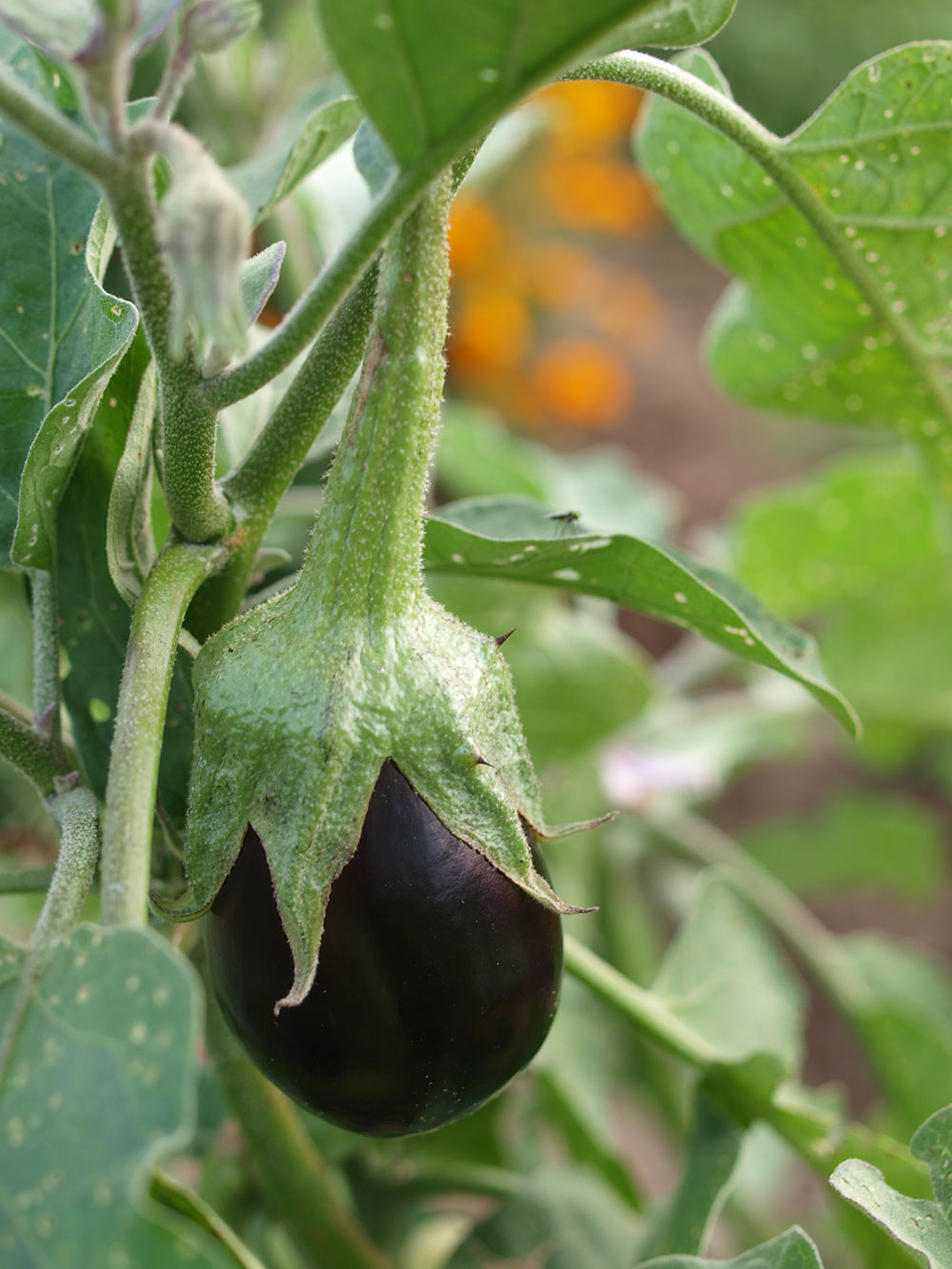
Bell Peppers
Nothing brightens up a vegetable dish or salad than green, red, and yellow bell peppers. Soak the seeds in warm water for about eight hours, then transfer these to small soil-filled cups, one seed in each, watering daily. Once two full leaves have, it’s time to transfer into pots.
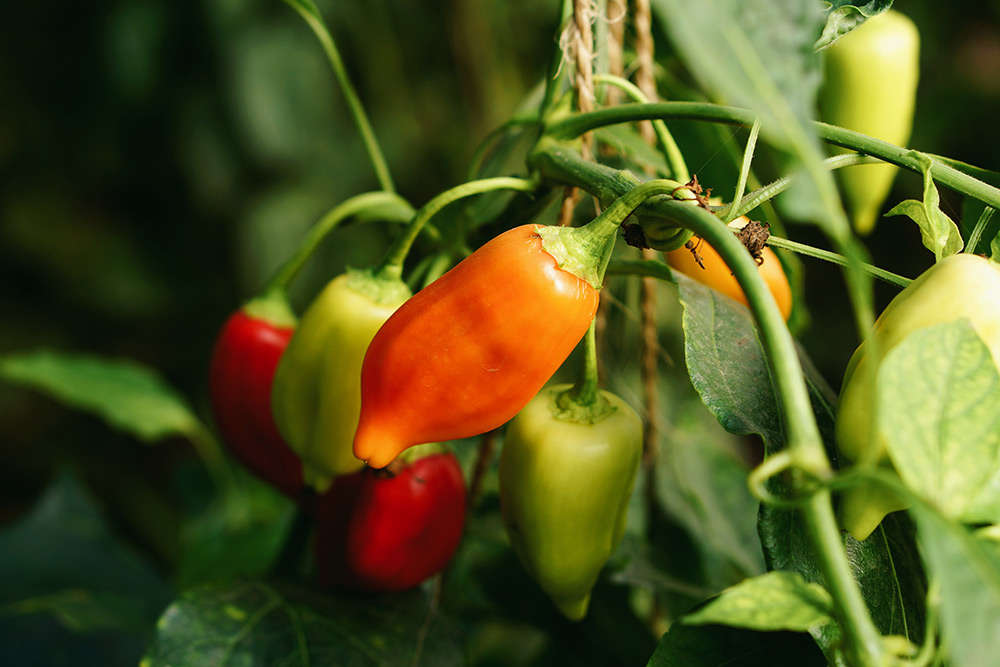
Chili Peppers
Some like it hot, while some like it mild. If you’re the former, you’ll enjoy growing a boatload of chili peppers in your urban garden. Plant the seeds in a small container and water it regularly for three weeks. Then, transfer these to a deep plant bed for them to grow bigger.

Lettuce
You can finally make your farm-to-table salad dreams come true. Sow lettuce seeds in seed trays (recycled plastic reusable cups can work, too), then transplant them to a plot with fine soil—and allot space between each seedling to allow space for growth.
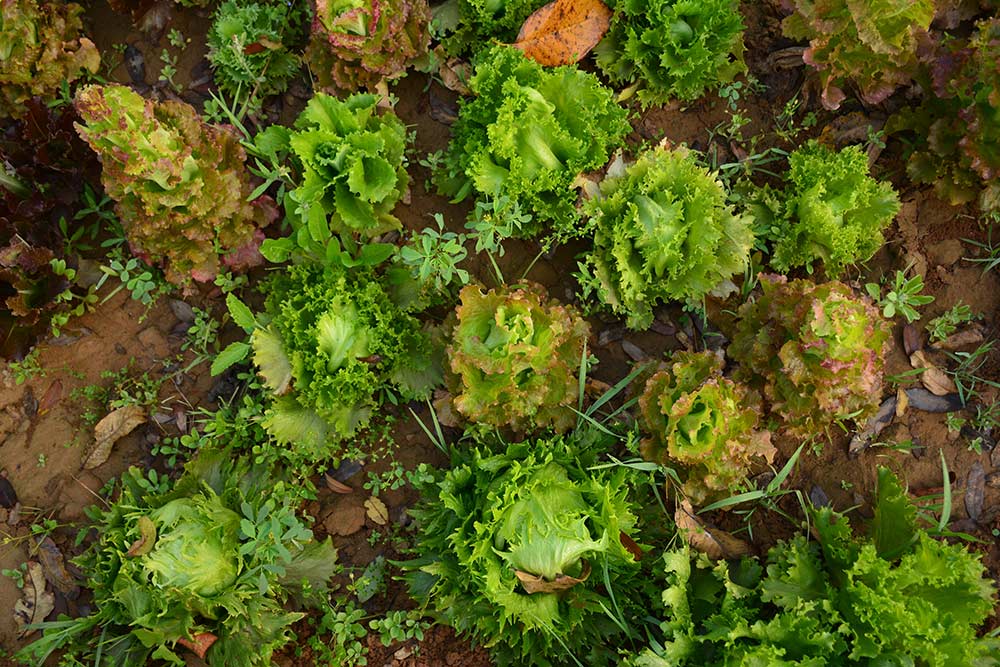
Basil
One of the most aromatic herbs in the world just turns out to be one that’s pretty simple to grow yourself. It’s important to note, however, that basil requires adequate drainage while being watered once a day to keep the soil moist and not soaked.

Mint
As cool and refreshing mint truly is, it can actually be quite troublesome when planted next to other plants. The reason is that its roots grow so widespread that it can deprive its neighboring plant of growth, eventually killing it. The solution? Designate a pot specifically for mint leaves and grow a bunch without harming any other plants. Perfect for making minty desserts, or maybe your own mojito at home.
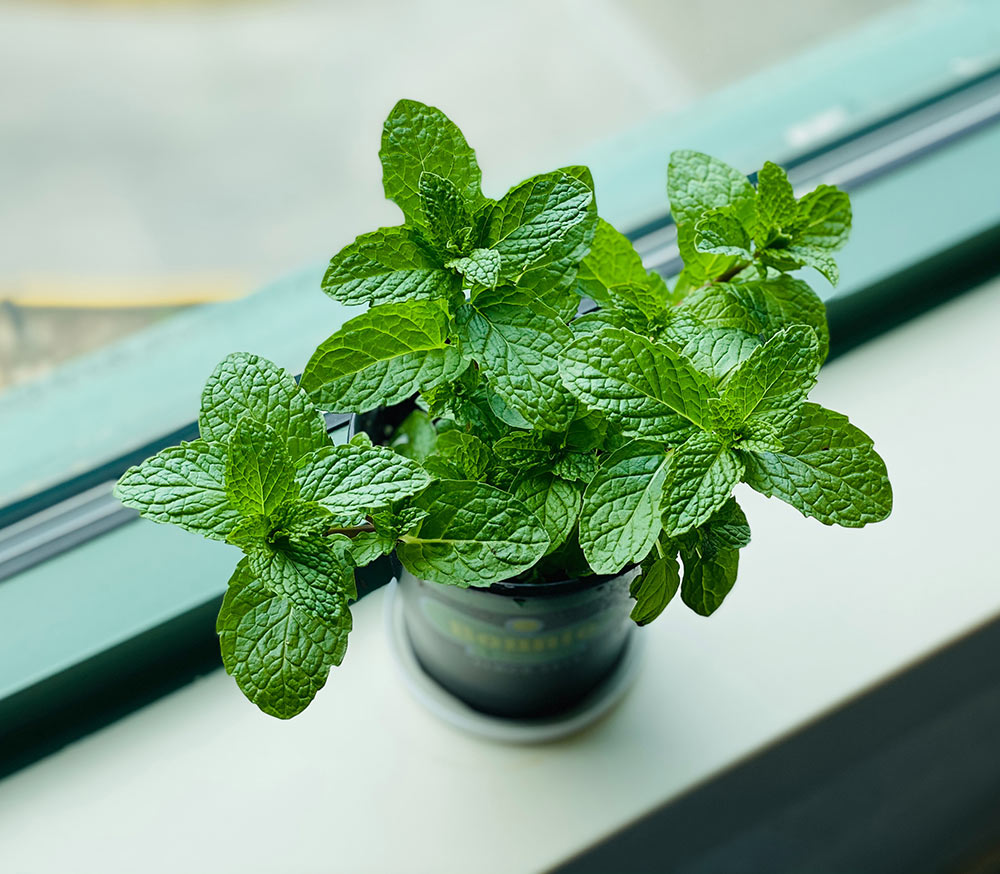
Rosemary
Make those baked chicken dinners a little extra when you spruce it up with some homegrown rosemary. Seeds are hard to come by to plant this herb, so you’ll have to propagate it with cuttings. Cut from the soft part of the stem, and soak in an inch of water for two weeks to four weeks, then transplant to a large pot with potting mix when the stems have fully rooted.
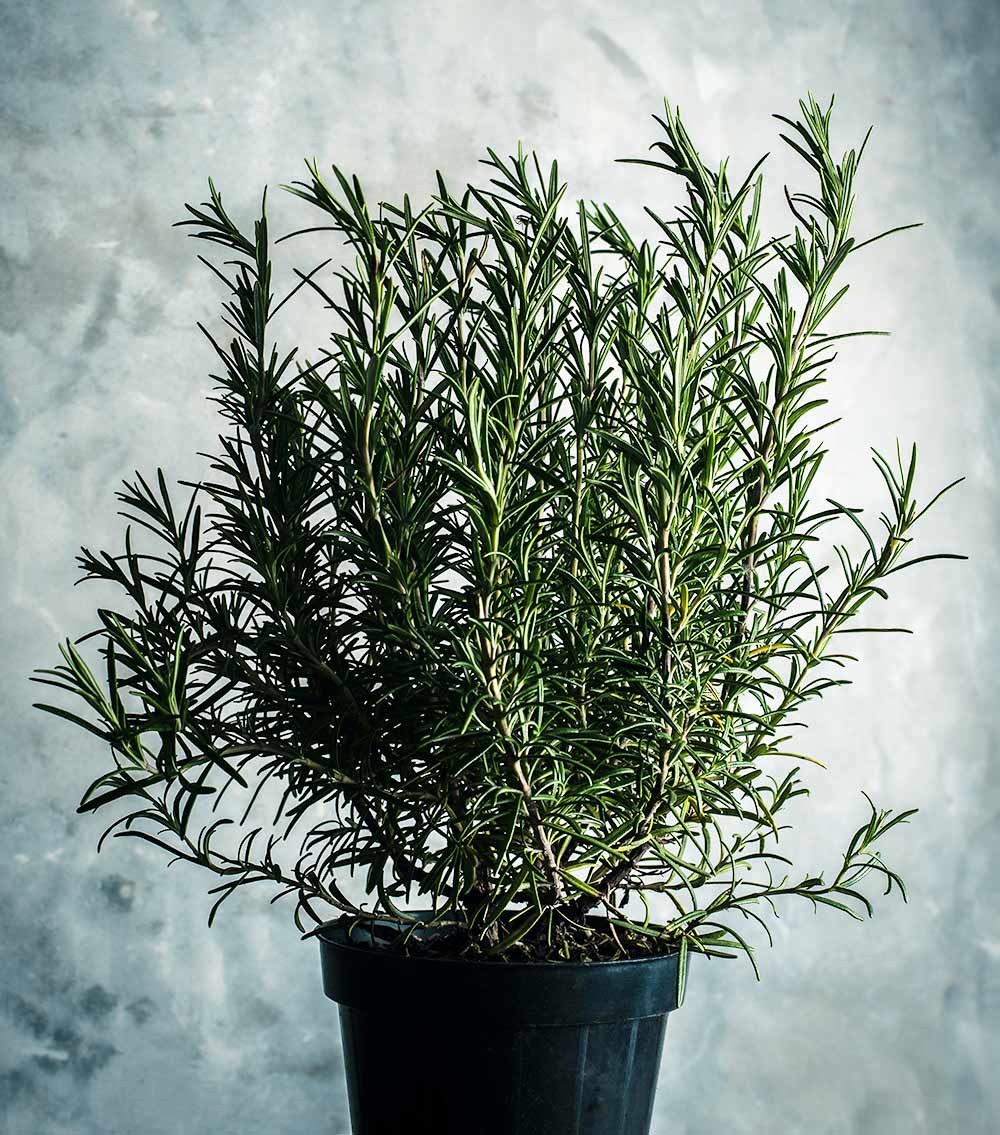
Thyme
It’s only natural to proceed to thyme after discussing rosemary, as the two, when combined, can create a fragrant chicken dish. Thyme grows even in hot conditions and doesn’t require constant watering. The only catch is that these are ideally propagated through its cuttings. Plant these right next to your rosemary plant as well, since they have complimenting flavors.
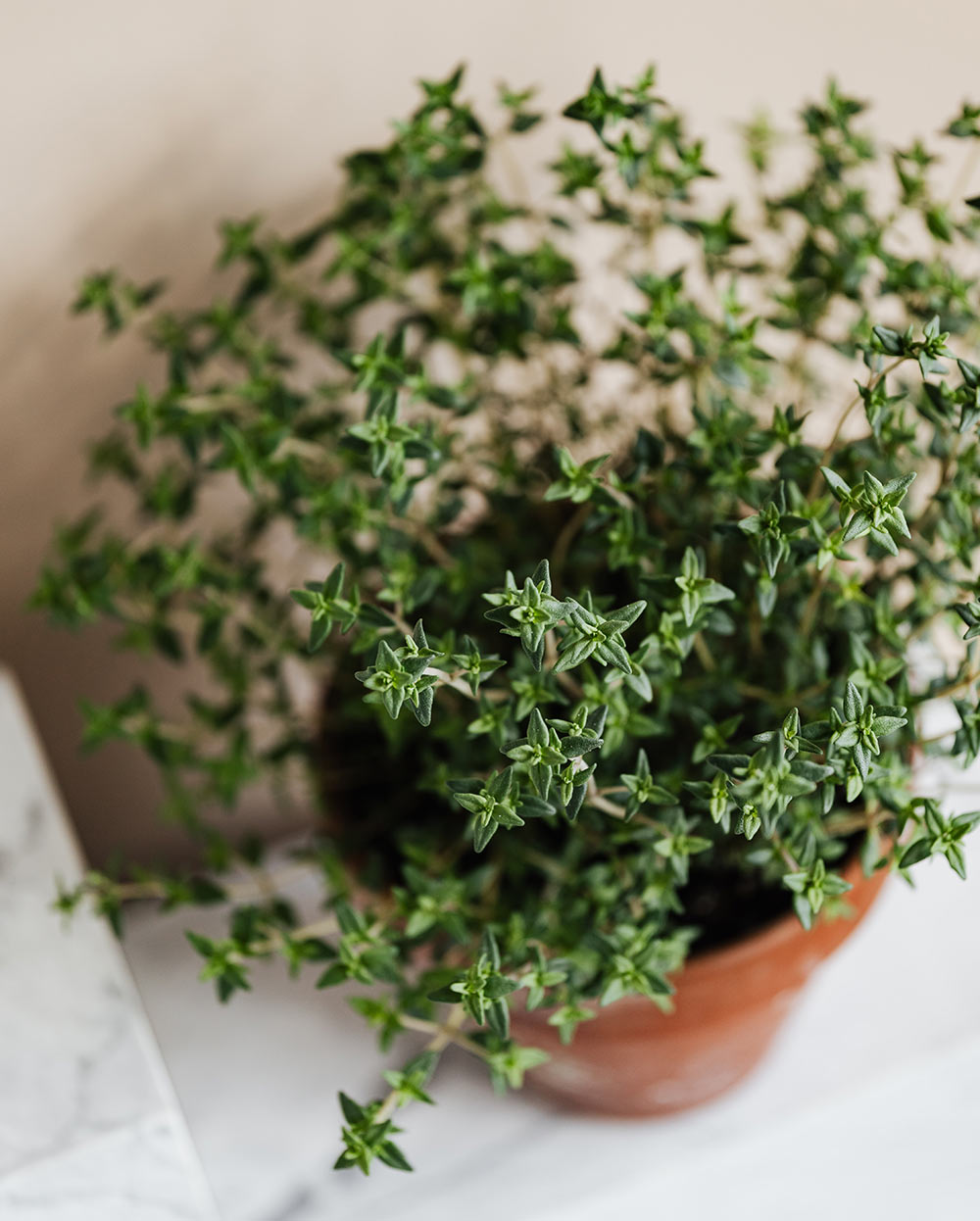
Oregano
The good thing about oregano is that it thrives both indoors and outdoors. These can also grow through seeds or cuttings and thrive in loose or light soil. In addition, growing oregano indoors can also double as an insect repellent, particularly against mosquitoes and cockroaches.
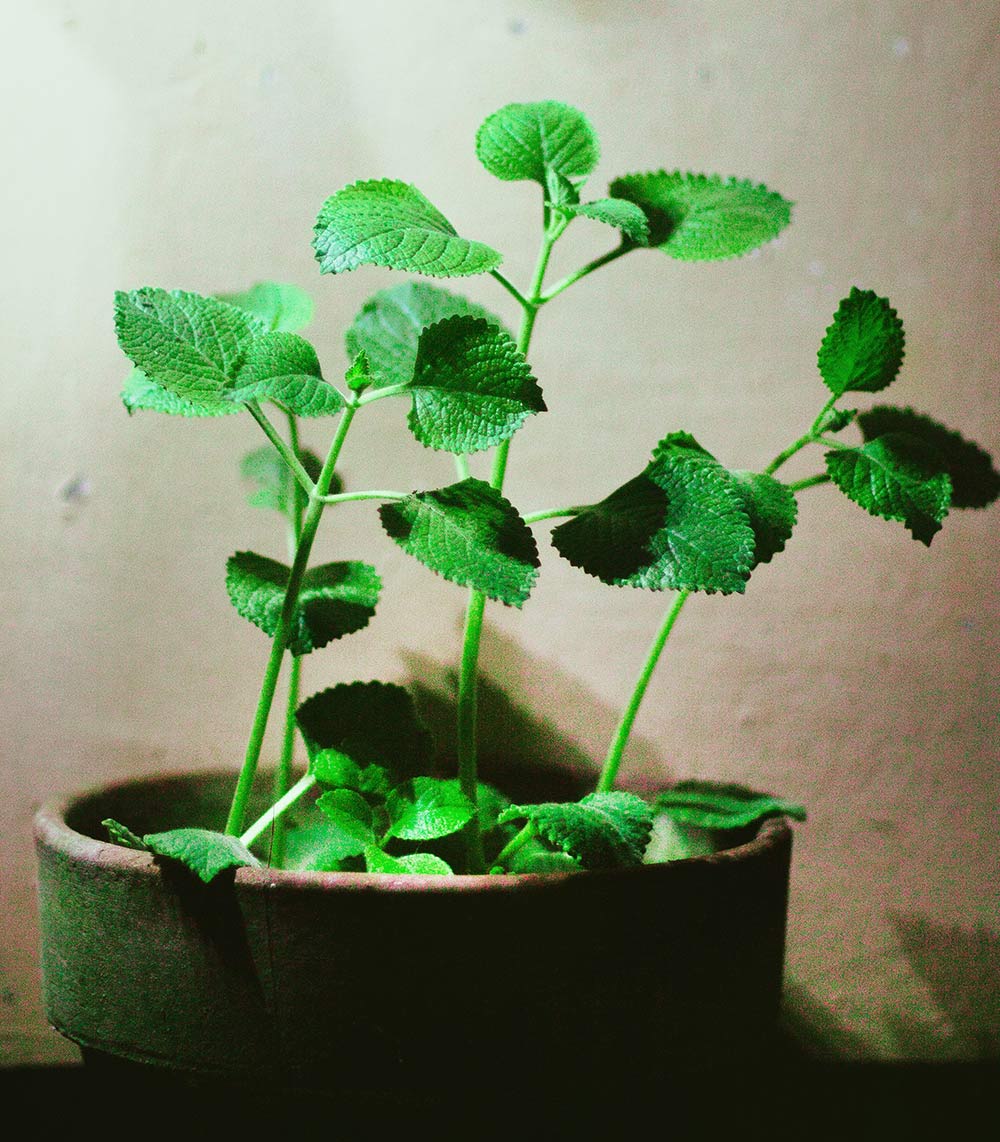
Tarragon
An herb that matches beautifully well with white meat dishes as well as salmon, tarragon enjoys moderate sun when being grown in a well-draining pot filled with rich loamy soil. The best part about it is that it’s surprisingly low-maintenance and doesn’t need that much regular watering—you just have to wait for the soil to feel almost dry before watering it again.
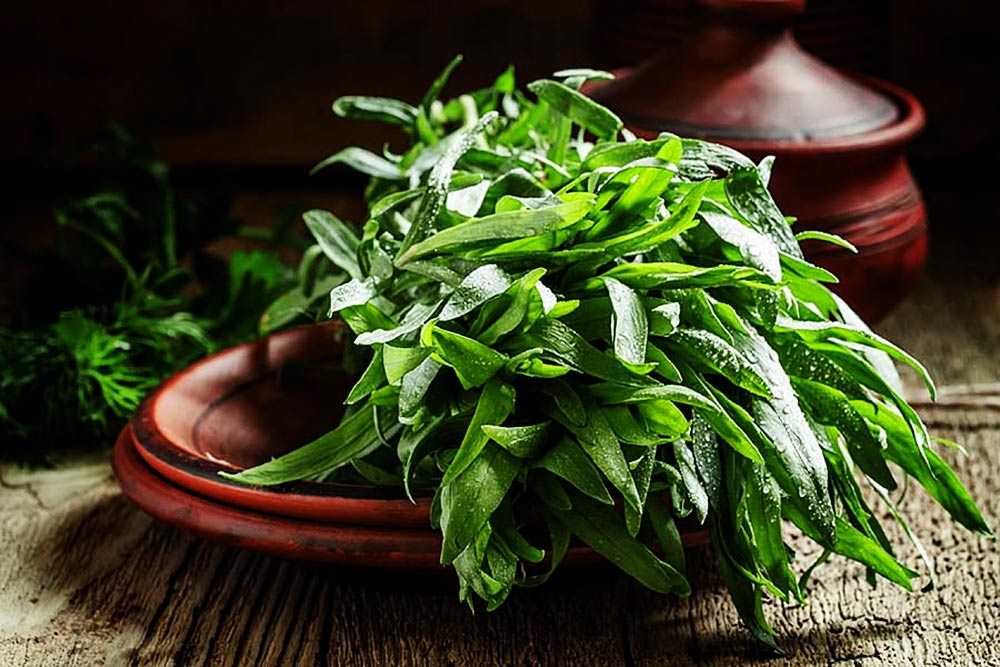
Dill
Another hardy herb is dill that functions both as an herb and a spice. A staple in Mediterranean cooking, dill can be planted in an area under full sunlight, in a garden or pot filled with enriched light soil. You can start the seed indoors, and it takes about four to six weeks before it’s ready to be transplanted. The problem is, dill seedlings grow taproots that are difficult to transplant, which is why these are preferred to grow in place.
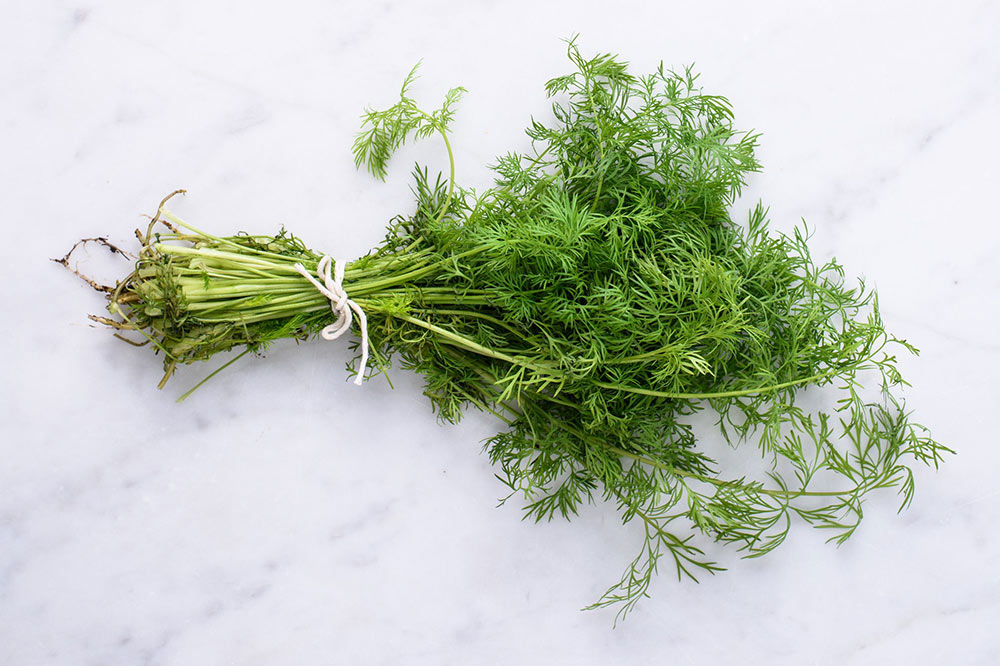
GARDENING TROUBLESHOOTING
Like what we mentioned earlier, gardening is possible even if you don’t have an allotted yard in your home. This may be particularly tricky for those who live in condos, but it isn’t impossible to to make it happen.
#1: Let there be (sun)light
Even without a balcony, condo-dwellers can set their plant boxes or hanging pots near a window, so that they will get their dose of sun time. Then again, this doesn’t apply to all plants; some can still thrive in shaded areas with minimal sun exposure—and this is crucial knowledge in plotting areas in your garden (indoor or outdoor) for specific vegetables, herbs, and fruits.
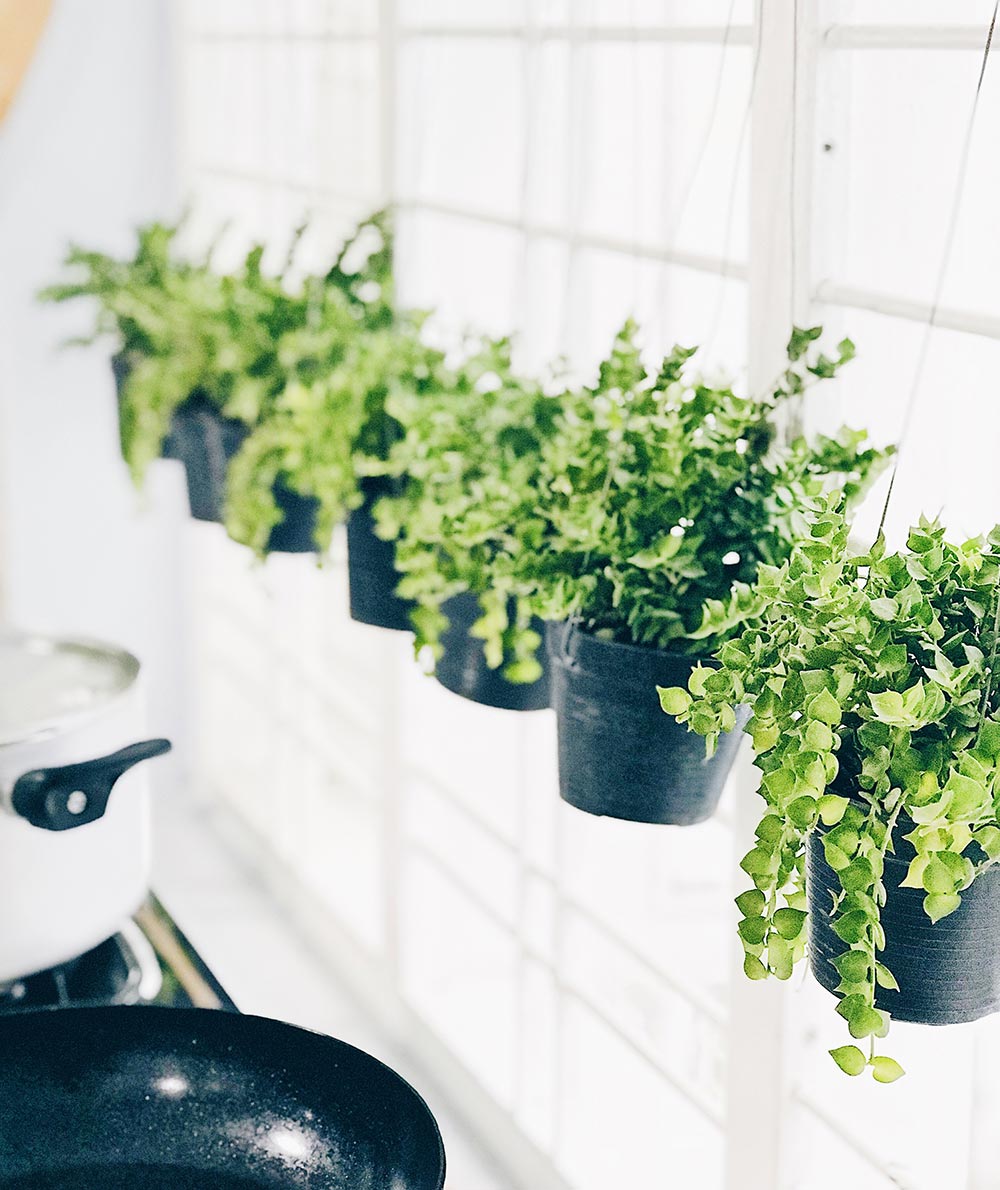
#2: Create a garden state of mind
As humidity plays a significant role in plant growth, you can make use of a humidifier to help take care of your indoor garden. While improving the air quality inside your home, it also provides the ideal environment for plants to thrive in and stay fresh.
#3: Consider planting flowers
Although you’re more interested in growing produce than flowers, the latter proves beneficial to the former. The main purpose of growing edible flowers next to your vegetables and fruits is to attract insects that feed on pests, ergo there’s no need to use harmful pesticides to keep them away. In other words, you’re promoting the circle of life.
#4: Learn about companion planting
Try growing basil right next to your tomatoes In the kitchen, they’re the irreplaceable duo in making pizza and pasta. In the garden, these two work together in improving flavor while also repelling flies and mosquitos. Consider planting your eggplant next to your tarragon, or your dill near your pepper plants as well. Conduct your own research and find which plants should be plotted next to each other to help and protect one another for growth and survival.
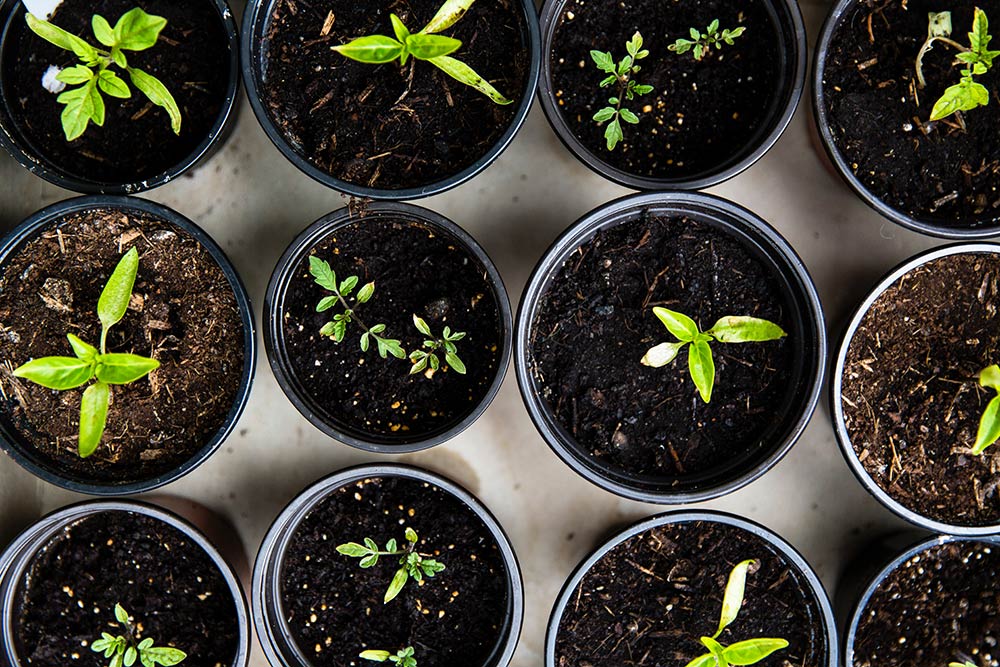
#5: Get on the roof
If you don’t have space inside your condo, check with the administration office if you can plot a plant bed on the roof deck. If you’re greenlit by the admin, go yourself set up with the basic gardening tools like what we listed down under our Gardening category. Just don’t neglect your gardening efforts, and even enlist help from your neighbors interested in gardening, too.
– – – – – – – – – – – – – – – – – – – – – – – – –
That’s it! We hope this guide will help you get started in a more sustainable lifestyle by growing your food at home. Happy gardening! 🙂




